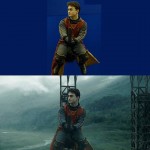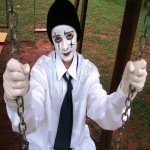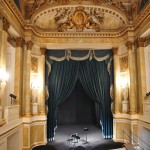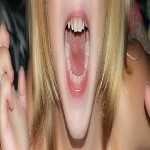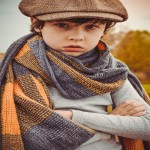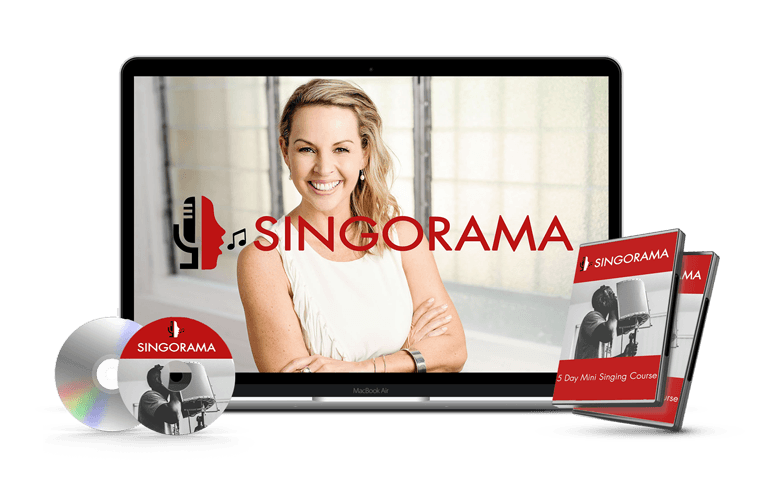A theatre is a building especially designed as a place to put on shows for audiences.
There are different types of theatres, but the one you probably know the best is the type with what is called a "proscenium arch". You say "Proscenium" like Pr-SEE-nee-um.
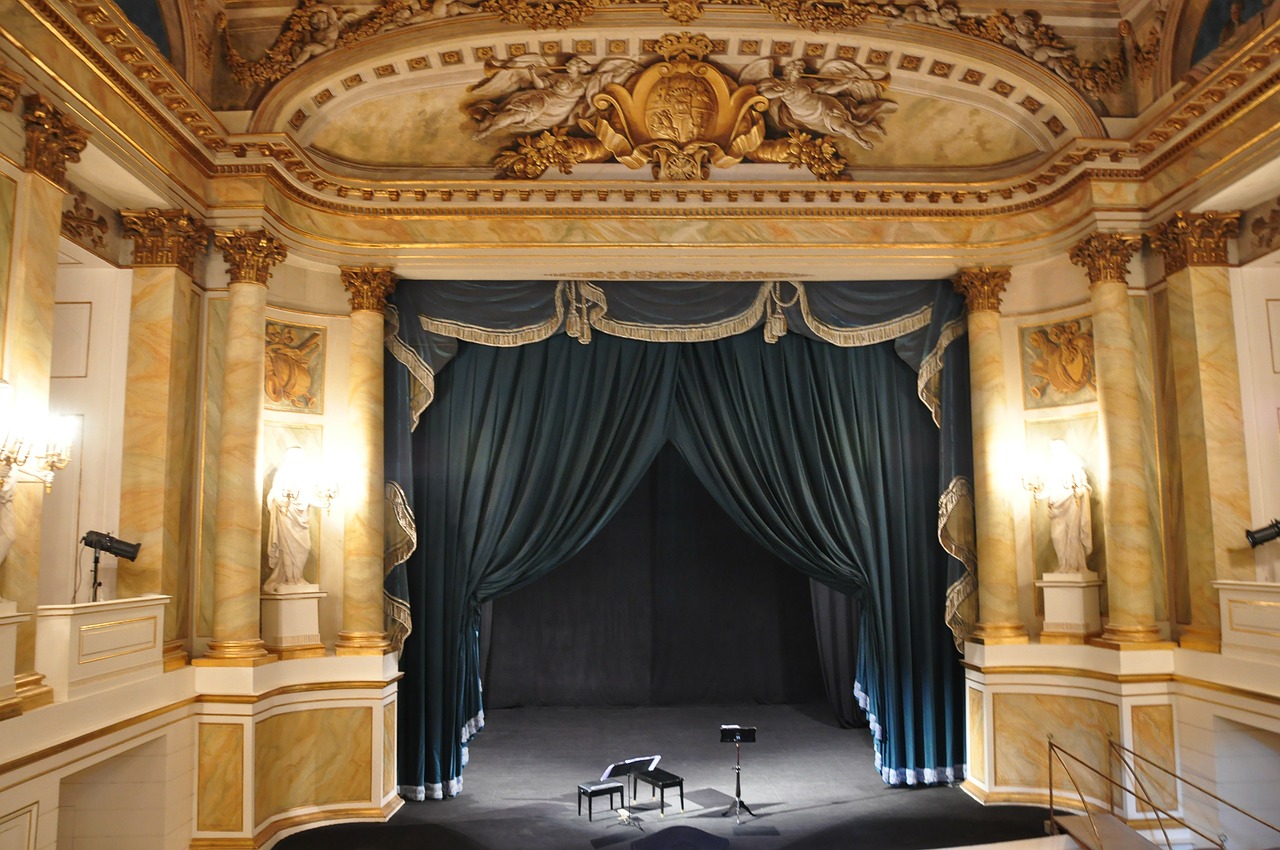
The arch is the part where the curtains hang. It divides the stage from the audience.
Theatres have three main parts:
- The house
- The stage
- Backstage
The House
This area includes all the places in the theatre which are not performing spaces or backstage.
All the parts of the house where people in the audience are allowed to go are called front of house.
When you first enter a theatre, you go into the lobby. You buy tickets at the box office. Then, to watch the performance, you go and sit in the auditorium. A "full house" means that every seat is filled. (This is why the audience itself is also called the house.)
There are other parts of the house where the audience are not allowed to go. The sound and light operators sit in the control booth. Sometimes hidden in the ceiling above the grid, which holds the lights, are walkways called catwalks. These make it easy for operators to get to the lights and equipment. In some theatres, the orchestra sits in an area in front of the stage and lower than the audience called the orchestra pit.
The Stage
This is the area where the performance takes place.
Normally the stage has curtains which can be opened and closed.
The apron is part of the stage in front of the curtains. If the apron is made longer so some of it goes out into the audience, like in a fashion show, that part is called a thrust.
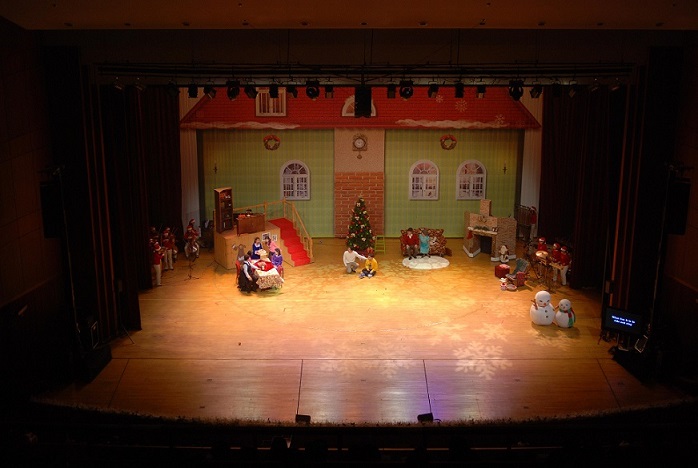
The stage in a theatre has its own special sections. You can find out more about them by clicking here.
Backstage
All the areas that the audience does not see are known as backstage.
Backstage you will find dressing rooms where the performers get ready. The green room is a comfortable place where the performers can relax and wait when they are not on stage.
Actors and stage crew often need to get from one side of the stage to the other without being seen. They use a crossover. Sometimes this is a corridor built into the theatre behind or under the stage, sometimes it is a catwalk above the stage, and sometimes the set hides the crossover at the back of the stage.
Some theatres also have a trap room under the stage with trap doors into it on the stage.
Performers and crew can enter and leave the backstage area without going through the house by using the stage door.
Not all of the actual stage can be seen by the audience. The part of the stage that is hidden is known as offstage.
On both sides of the stage, the areas just out of sight of the audience are called the wings. This is where performers wait to come onto the stage, and scenery is made ready for scene changes. The tall, narrow curtains which hide the wings from the audience are called legs.
On the left hand side of the stage (from the point of view of a performer looking at the audience) is the prompt corner where the stage manager sits and runs the performance.
Also offstage you'll find some technical equipment. The fly system is a series of ropes and pulleys that let the stage crew quickly move sets, scenery and equipment around, and to create special effects. Sometimes you'll also see dimmer racks which power the lights.
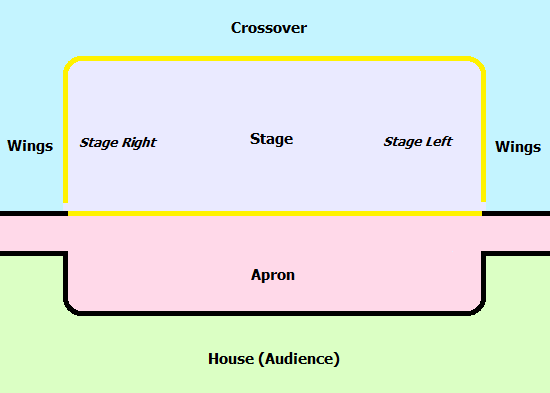
Theatres are amazing, fascinating places. If you get the chance to tour one for real, it is well worth your time.


